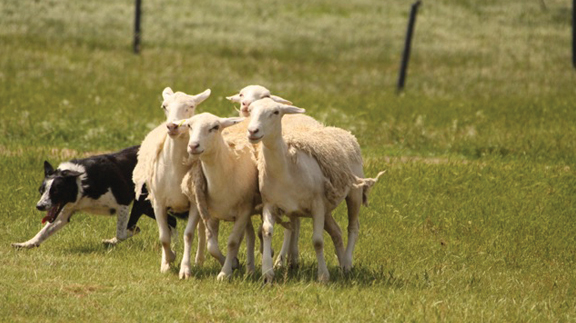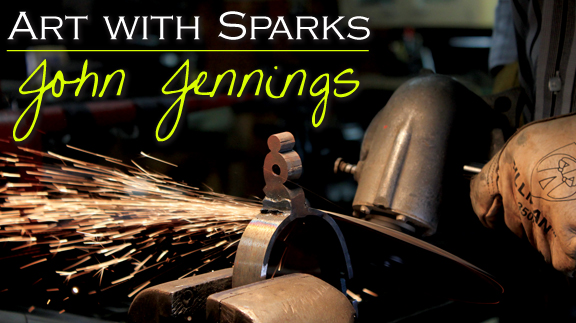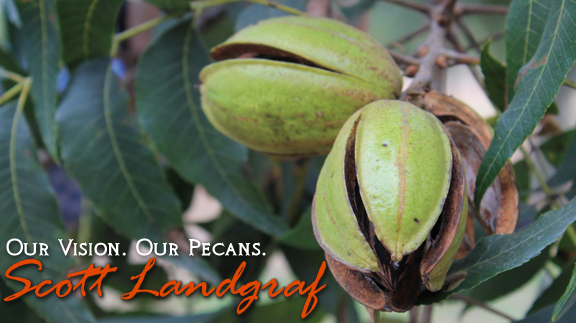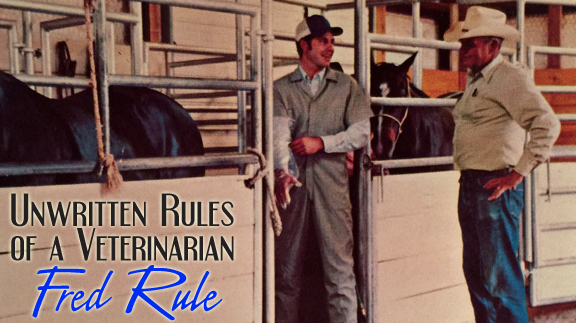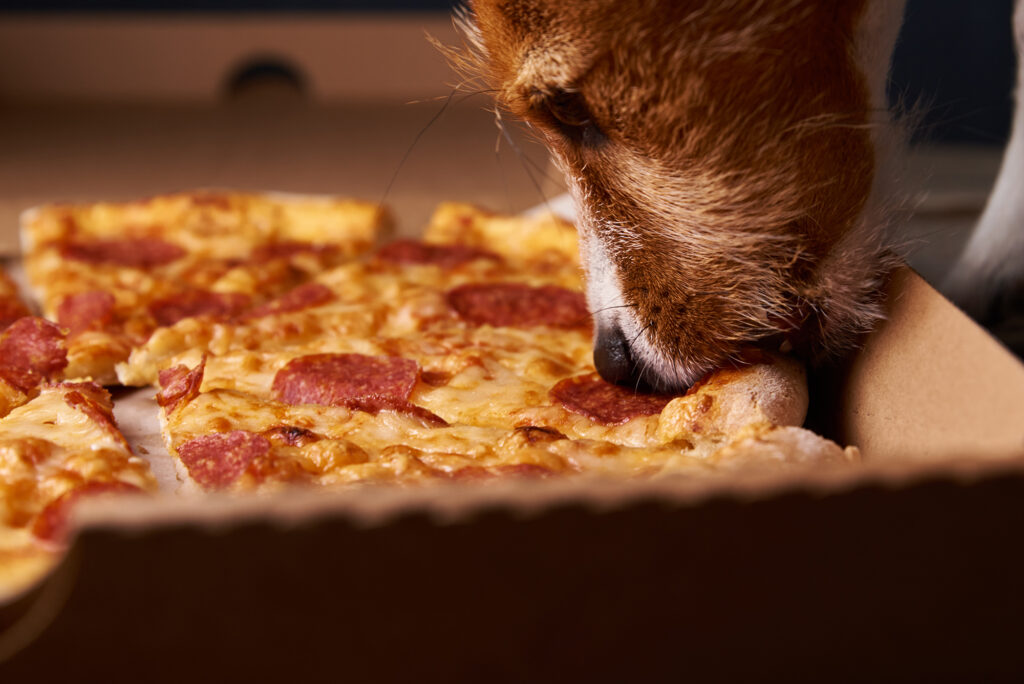Country Lifestyle
June 2018 Profile: Steve Boaldin
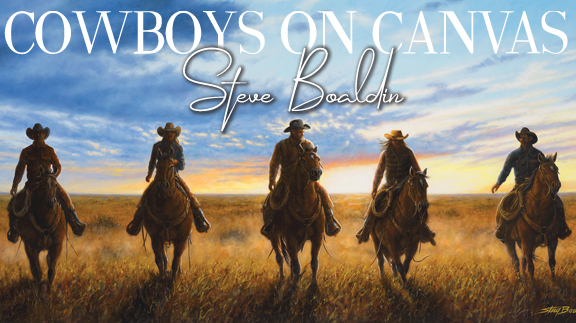
Cowboys on Canvas
By Laci Jones
He never dreamed he would be on television. The humble artist with a kind smile expressed his vision to tell the stories of cowboys through his art, but God had other plans for the artist. Through his new television series titled “Art of a Cowboy,” Steve Boaldin meets with different cowboys and ranchers across the Midwest to share their stories on the screen as well as on canvas.
A cowboy himself, Boaldin’s own story began on a ranch in Elkhart, Kan., in 1962. The most enjoyable part of his childhood was working cattle as a family.
“I was very fortunate that God allowed me to be born and raised on a ranch or none of this would’ve happened,” the cowboy explained. “We were big farmers and ranchers, but my particular interest was ranching.”
His father made sure all five of his children knew how to ride horses. They attended many rodeos throughout the years, a sport that Boaldin picked up on. His parents did not want him riding rough stock because of the danger involved, but the 10-year-old cowboy had other plans.
“I had three buddies who had already been riding steers for a couple of years, and I wanted to do it so bad,” he added. “One of my teachers secretly entered me in a steer riding contest in Clayton, N.M. I told my parents I was just going to go and watch the other guys.”
The young steer rider placed fourth in the rodeo and won a belt buckle.
“I had to hide that buckle for a couple of weeks because I did not know how to tell my parents,” he added.
Boaldin finally told his parents the truth. While he was in trouble for deceiving them, they decided to give him another chance at the sport. He went on to win first place in the next three rodeos. He started riding bareback broncs and continued to rope calves, but bull riding was his best sport.
“Cowboys are a symbol of rugged, tough Americans,” he said. “Cowboys will always be something that’s bigger than life to me.”
The cowboy lifestyle would become the focal point of his art, which started at three years old. Boaldin told funny stories with his little cartoons.
His family fostered his passion for drawing by keeping his artwork. His grandmother, who was also a good artist, noticed the young artist’s talent. She gave him Walter Foster art books that helped young artists learn how to draw. She also encouraged him by providing him with his first paint set.
A self-described “average student,” Boaldin did not attend a formal college after graduating high school but worked on the family ranch instead.
“I had no plans to go to school because I was just young and did not know what I wanted to do,” he added.
The year before he got married, some locals met a traveling art teacher named George “Dord” Fitz and took a few classes. The locals told the artist about Boaldin’s abilities and suggested he help the young artist.
“His first thoughts were ‘There is no way an 18-year-old was going to be serious about art,’” Boaldin explained. “He was in his 70s at that time, but we just clicked when we met.”
Fitz was generous and allowed the Kansas native to take two classes for the price of one for two years. Before, he had worked primarily with black and white, but he began to learn to understand color theory and how to apply paint from Fitz. He described the experience as “a whole new world.”
“It was a big change for me because not only do you have to pay attention to the values, but you have to pay attention to hues,” the artist explained.
At the end of those two years, Boaldin married his high school sweetheart in 1981, and he quit taking classes to focus on providing for his family.
In 1982, he decided to get serious about his art and moved to Amarillo, Texas, where Fitz had a gallery. He picked back up on taking lessons from him while working full-time in feedlots. Boaldin lost many hours of sleep, but his hard work paid off when his mentor began selling his pieces.
“Even at that age, he was very encouraging,” he explained. “He would tell people ‘Someday this guy is going to be famous, and you need to get in on his early work.’”
While he almost expected to be famous, Boaldin said it did not work quite that way.
“I heard this guy say it takes thousands of miles of canvas to improve,” the artist said. “That is basically what I’ve found to be true. We want to throw some stuff away, but at the same time, it’s good to see where you come from.”
In 1985, the Boaldins moved to Elkhart, Kan., where he started working in feedlots and with his dad on the ranch. However, it did not take the artist long to realize he could not support his family there, but he wanted to stay in the industry.
“I couldn’t get the cowboy stuff out of my blood,” the cowboy explained.
Throughout the next few years, he worked on various feedlots in Texas, but he found he enjoyed the ranch life better. He took a job in Miami, Texas, managing 19-sectioned pastures. They ran 1,200 head of yearlings and farmed 600 acres of wheat.
“It was 10 days a week,” Boaldin joked. “It was one of those deals where I really had to grow up really fast. I knew that was not a place where I was going to end up, but I’m thankful for the experiences. I know what it takes when I do a painting because I’ve been there.”
The experiences on ranches and feedlots gave him a subject for his art, but his wife Donna was credited for pushing the artist to pursue his passion. She knew he wanted to be an artist, and she suggested Boaldin get a commercial art degree.
“I knew I would never be able to work 60, 70 or 80 hours a week on a farm and be an artist,” he explained. “Realistically, I needed to get in the field in some way.”
They relocated to Edmond, Okla., where he was able to get a grant to further his education. The Kansas native enrolled in production art at Platt College.
Boaldin was later hired by “The Oklahoman” in their advertising department, but he became an editorial artist within six months. The artist honed his skills drawing illustrations, which he said helped his art grow.
“I’ve always studied the illustrators of the ‘70s,” Boaldin added. “Those guys got to paint and draw every day. By the time computers started coming in, the artists didn’t have to do as many illustrations.”
The artist was fortunate to have several opportunities to work on illustrations. He also learned how to work quickly, a skill that benefited him later. He was a commercial artist for “The Oklahoman” for a total of 24 years. When he was laid off in October 2016, he did not know what God had in store for the next chapter of his life.
“I do believe in God,” he began. “I believe in his timing. He always kind of pushes me to the last second.”
His next chapter began when the owner of the Dean Lively Gallery in Edmond, Okla., Elaine Dean, hosted an opening night for the artist. Saraa Kami left her card with his wife Donna.
At the urging of his wife, the husband-wife duo met with Kami the following day. The artist told her about visiting with a client, who happened to be a Drummond, at the Tallgrass Art Gallery in Pawhuska, Okla., earlier that year.
“I wanted to get some different cowboys and go to a different ranch,” Boaldin recalled.
He visited their ranch in Hominy, Okla., in spring 2017, where he took approximately 1,200 pictures of the cowboys, animals and scenery. He then used the material to create more art for his collection.
“I said this is something that just really hit me,” he recalled. “I would love to go to ranches all across the United States and tell their stories.”
When he told her this, Kami knew how to tell their stories to the masses. She envisioned a television series centered around the idea of visiting ranches and telling their story on canvas as well as on screen. Ralph and Helen Mason sponsored their new endeavor.
“Within five days of conception of the idea, we were on my family’s ranch filming the first episode,” the artist recalled. “It was that quick, and believe me, I was a deer in the headlights.”
They had enough footage to create a trailer for “Art of a Cowboy,” which Kami sent to the Oklahoma Education Television Authority. OETA bought the idea from that trailer, listing Kami and Boaldin as co-creators of the show.
Pick up the June issue of OKFR to read more about Steve Boaldin and “Art of a Cowboy.”
Country Lifestyle
Riding for the Brand
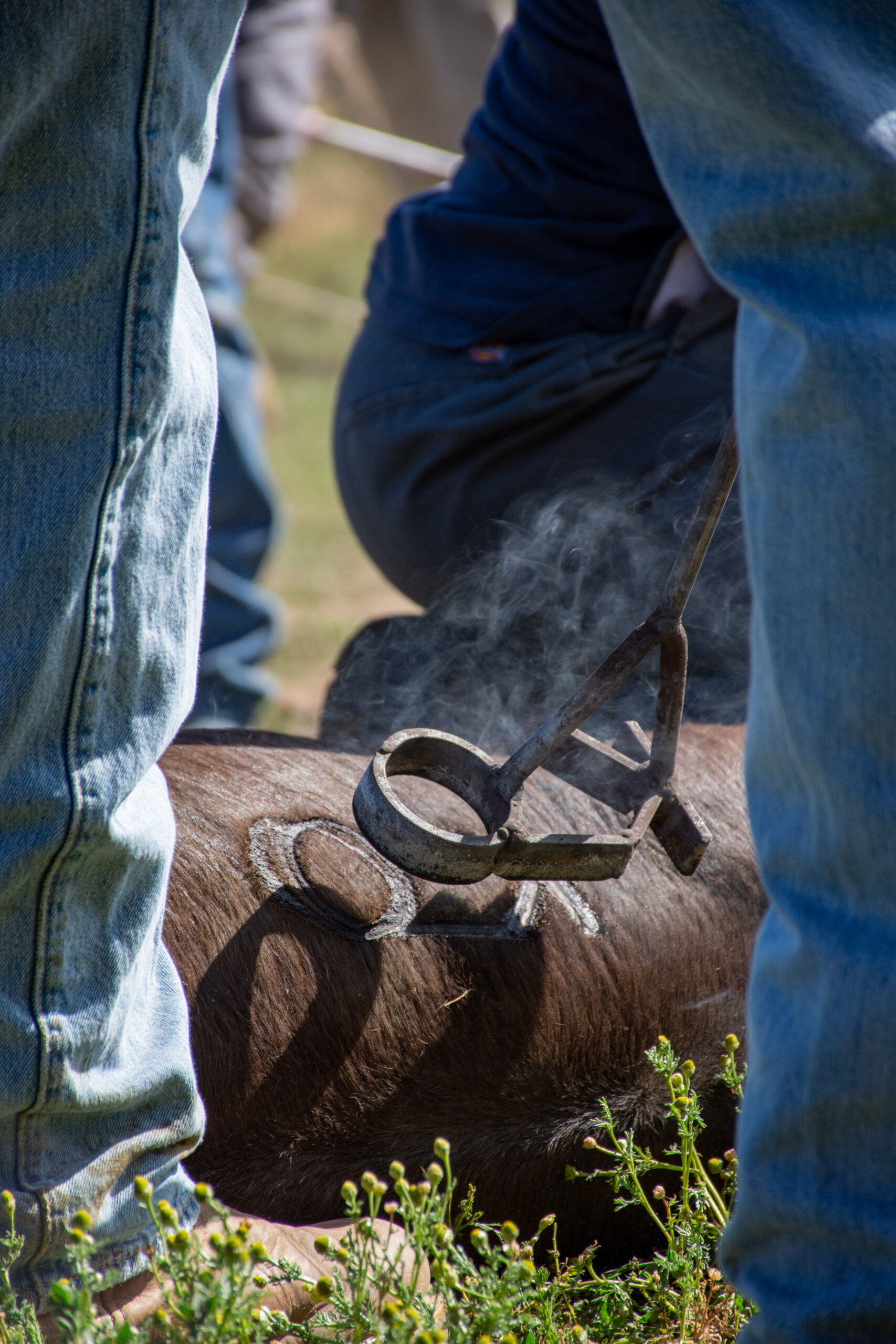
By: Christopher Dysinger
According to the Code of the West a man who has integrity is one who rides for the brand. If you are unfamiliar with cowboy parlance this phrase is used to describe being loyal to the outfit you work for. Cowboys were, “intensely loyal to the outfit they were working for and would fight to the death for it. They would follow their wagon boss through hell and never complain.” -Teddy Blue Abbot. Riding for the brand means being loyal and when I consider what it means to be loyal I am reminded of the words of the Lord Jesus to His disciples in Matthew 16:24, “Then said Jesus unto His disciples, If any man will come after Me, let him deny himself, and take up his cross and follow Me.” To me, to take up the cross and follow the Lord is the epitome of what it means to ride for the brand.
When you place your trust in the Lord Jesus you are signing on to His outfit, to speak the language of the West. When you called upon the name of the Lord Jesus by faith, He saved you and from this point you are riding for His brand. In taking up your cross and following Him you have pledged to be loyal, and this means you face any hardship or trial like a cowboy on the trail moving the herd. Any complaint must be swallowed in the same way you would swallow a cup of coffee. When I hear our faith and loyalty to the Lord Jesus put into these terms it stirs something within me that moves me to keep right on riding for the brand.
Louis L’amour wrote, “Riding for the brand was an expression of loyalty to a man’s employer or the particular outfit he rode for. It was considered a compliment of the highest order in an almost feudal society. If a man didn’t like a ranch or the way they conducted their affairs he was free to quit, and many did; but if he stayed, he gave loyalty and expected it. A man was rarely judged by his past only by his actions. Many a man who came west left things behind him he would rather forget, so it was not the custom to ask questions. Much was forgiven if a man had courage and integrity and if he did his job. If a man gave less than his best, somebody always had to pick up the slack, and he was not admired.” It is the same when a person gives his or her heart to Jesus.
When you come to the Lord Jesus you are not judged by your past. When you come to the Lord Jesus, repenting of sin and seeking forgiveness, everything from your past is left behind. All will be forgiven. 1 John 1:9 reads, “If we confess our sins, He is faithful and just to forgive us our sins, and to cleanse us from all unrighteousness.” When you place your faith in the Lord Jesus you are promising to be loyal and in return you will receive the same. He has promised that He will never leave us or forsake us. When you walk with the Lord Jesus through life you are indeed, “riding for the brand.”
“Riding for the brand” is not just an expression of loyalty nor is it just an expression of pride, it is also an expression of love. When a cowboy claims to be riding for the brand, he is telling any other outfit who may seek his loyalty, that he cannot give it, because he has given his word to another. It is the same when we pledge our faith and loyalty to the Lord Jesus. If any would call us away from Christ we cannot go, because we are riding for the brand.
The End
This article is an excerpt from the book, The Bible and the Code of the West by Dr. Christopher Dysinger.
Country Lifestyle
Farm Dogs & Table Scraps

What’s Safe and What’s Not?
Growing up on a farm, our dogs were tough. They roamed the pastures, slept under the barn, and ate just about anything they could get their paws on—whether we meant for them to or not. I’ll admit, I never thought twice when one of our old cow dogs snatched a biscuit off the table or licked up a spill from the barn floor. I’ve even seen a dog steal a whole rib bone off a plate and trot off like he’d won the lottery. And somehow, they always seemed fine.
But here’s the thing—just because they survived doesn’t mean it was safe. For every farm dog that lucked out, there’s another that wasn’t so fortunate. Some human foods can be downright toxic to dogs, and a little bit of bad luck (or a smaller, more sensitive dog) can turn a harmless snack into an emergency.
Common toxic foods lying around the farmhouse
If you’ve got a farm dog—or any dog, really—you need to be aware of the dangers lurking in everyday foods. Some of the biggest culprits include:
Chocolate – The darker it is, the worse it is. Even a little can cause vomiting, seizures, or worse.
Grapes & Raisins – No one’s exactly sure why, but they can cause kidney failure fast.
Onions & Garlic – In large enough amounts, these can destroy red blood cells, leading to anemia.
Xylitol (Found in Sugar-Free Gum & Candy) – This artificial sweetener can send a dog’s blood sugar crashing and cause liver failure.
Alcohol – Even small amounts can be deadly to dogs, affecting their nervous system much more than it does ours.
Bones from Cooked Meat – While not necessarily toxic, they can splinter and cause serious internal injuries.
Macadamia Nuts – These can lead to weakness, vomiting, and even paralysis in dogs.
What to do if your dog eats something toxic
First, don’t panic—but don’t ignore it either. If you know your dog ate something dangerous, call your vet immediately. They can tell you whether to induce vomiting or if it’s something that requires urgent care. If it’s after hours, contact the ASPCA Animal Poison Control Center (888-426-4435) or the Pet Poison Helpline (855-764-7661).
Prevention is always the best medicine, so keep toxic foods out of reach. That might mean keeping the trash can secured, making sure kids don’t slip the dog a treat under the table, or just being more mindful of what’s left on the counter.
Our farm dogs might have been lucky, but luck isn’t a great strategy when it comes to their health. A little awareness goes a long way in making sure they stay happy, healthy, and ready for the next day’s work.
For more information
ASPCA Animal Poison Control: www.aspca.org/pet-care/animal-poison-control
Pet Poison Helpline: www.petpoisonhelpline.com
Visit www.akc.org/expert-advice/nutrition/foods-your-dog-should-never-eat
Country Lifestyle
Summer Squash and Corn Chowder

By Lacey Vilhauer
Total time: 40 minutes
Servings: 6-7
Ingredients
- 6 slices bacon, cooked and crumbled and 1 1/2 Tbsp rendered bacon fat reserved
- 1 1/2 lbs yellow squash, chopped (about 3 medium)
- 2/3 cup thinly sliced celery
- 1 cup diced onion
- 1 Tbsp flour
- 2 cloves garlic, minced
- 2 3/4 cup milk (I used 1%)
- 5 cups canned or fresh cut corn (from about 6 ears corn), divided
- 1/2 cup heavy cream
- 1 1/2 tsp chopped fresh thyme (or 1/2 tsp dried)
- 3/4 tsp salt, then more to taste
- 1/4 tsp freshly ground black pepper, then more to taste if desired
- 3/4 cup shredded cheddar cheese, for serving
- Chopped green onion for garnish (optional)
Instructions
Heat 4 tsp reserved bacon fat in a large pot over medium-high heat. Add celery and onion and sauté 2 minutes then add the squash.
Saute until tender, about 6 minutes, adding in garlic and flour during last 2 minutes of sauteing. Reduce heat slightly.
Add 1 1/2 cups milk, 2 cups of the corn, thyme, salt and pepper to the sauteed veggies.
To a blender add remaining 3 cups of corn, remaining 1 1/4 cups milk and the cream. Process in blender until nearly smooth (about 30 seconds).
Add pureed mixture to pot and stir to blend. Cook until mixture reaches a light boil.
Serve warm with shredded cheese, crumbled bacon and sliced green onions if desired.
-

 Attractions8 years ago
Attractions8 years ago48 Hours in Atoka Remembered
-

 Country Lifestyle10 months ago
Country Lifestyle10 months agoJuly 2017 Profile: J.W. Hart
-

 Country Lifestyle9 years ago
Country Lifestyle9 years agoThe House a Treasure Built
-

 Country Lifestyle4 years ago
Country Lifestyle4 years agoThe Two Sides of Colten Jesse
-

 Outdoors7 years ago
Outdoors7 years agoGrazing Oklahoma: Honey Locust
-

 Equine8 years ago
Equine8 years agoUmbilical Hernia
-

 Outdoors5 years ago
Outdoors5 years agoPecan Production Information: Online Resources for Growers
-

 Farm & Ranch7 years ago
Farm & Ranch7 years agoHackberry (Celtis spp.)

